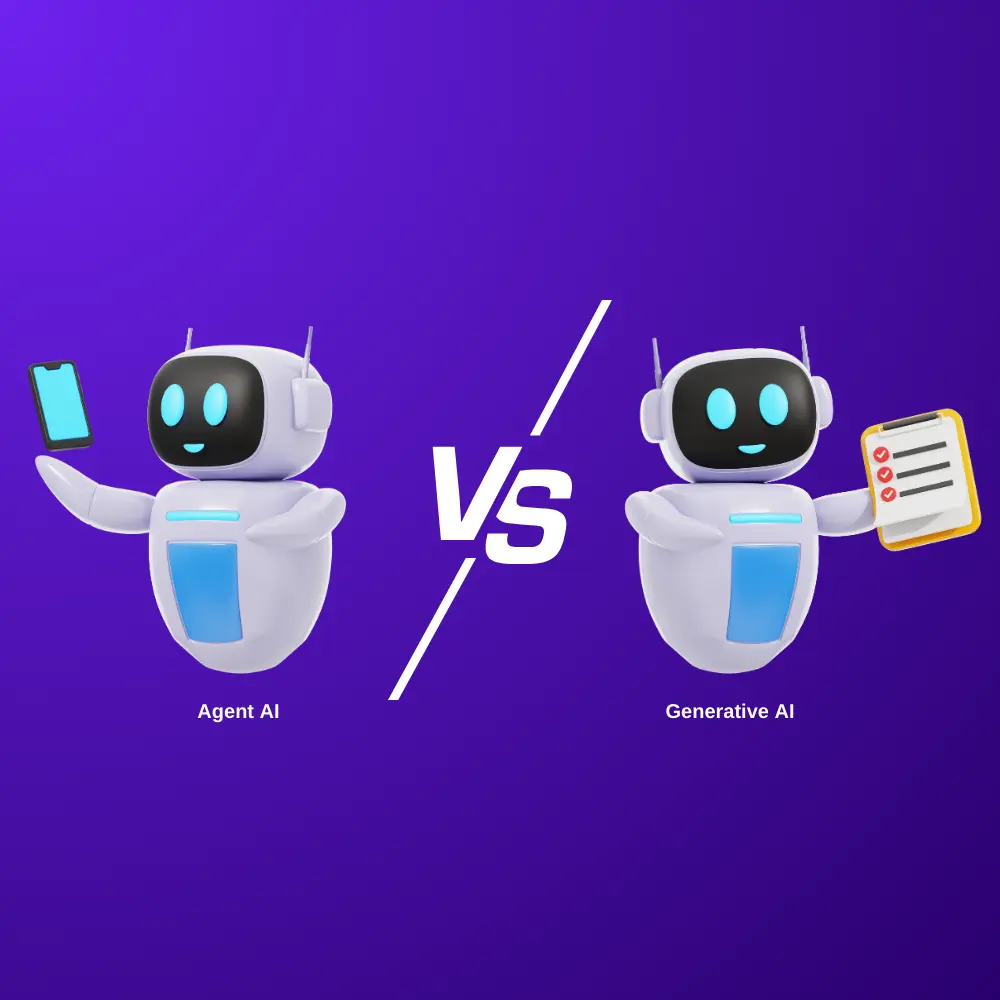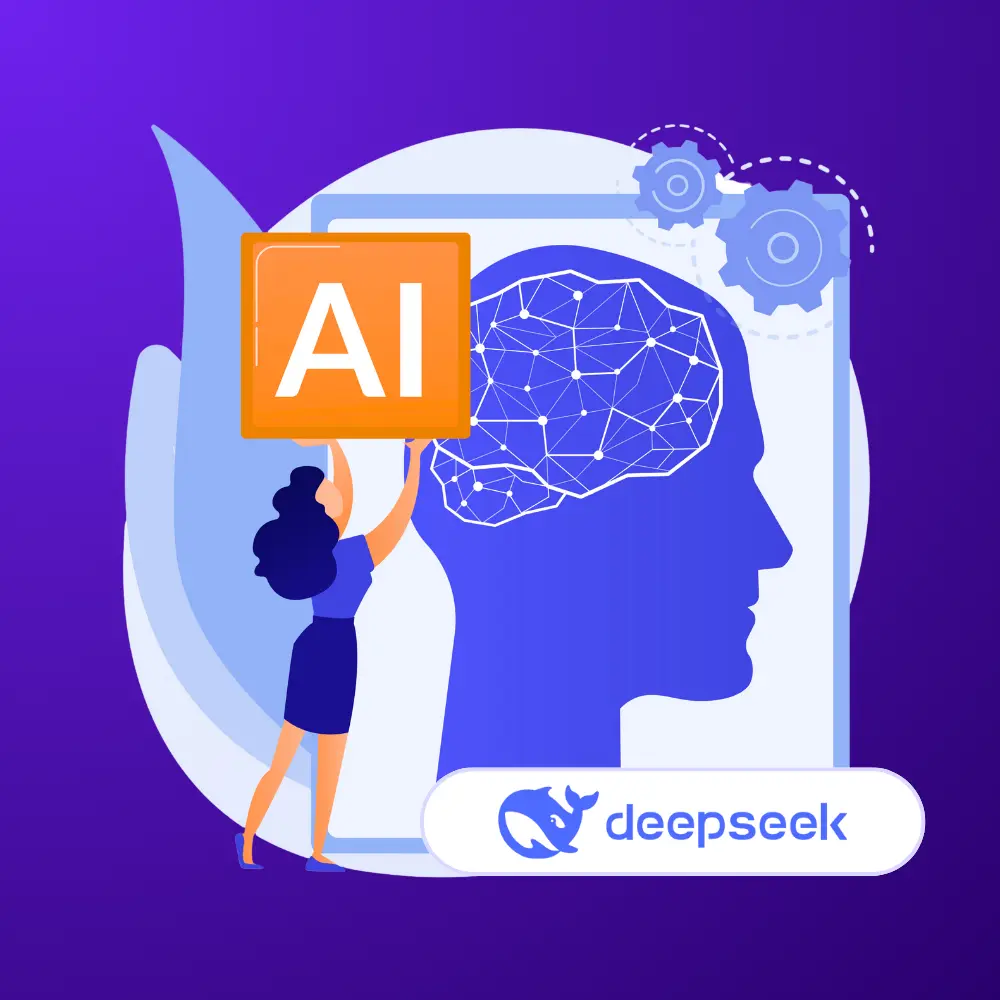Banks and Financial Service companies are under increasing pressure to improve service quality while lowering costs to remain competitive in an extraordinarily turbulent and uncertain market. In today’s market and economic environment, where product and pricing no longer provide a clear competitive advantage, banks must improve customer service. Customer interactions begin and conclude with distribution channels, thus they play an important part in delivering a better customer experience. Across the distribution banking channel network, banking clients are progressively seeking more ease, accessibility, personalization, and reliability. For a seamless and personalized experience, banks must use innovative technology and solutions to deliver these benefits. Banks and Financial Service companies must invest in their channel networks to make them more customer-centric and user-friendly, while also enhancing channel efficiencies for a greater return on investment and increased profitability.

As an effect of these shifts, five important trends have emerged throughout banking channels:
- Enhanced online market presence through the use of innovative technological platforms.
- Investing in enterprise mobile finance services to spur innovation and cut expenses.
- Increased emphasis on web-based activities to put the online channel on par with branch networks.
- A stronger focus on seamless multi-channel integration to better serve customers and achieve a competitive advantage.
- Spending on customer analytics tools has increased to better customer relationships.
Over the last decade, digital banking channels have progressed from a source of product information to a one-stop shop offering a full range of banking services. As a new generation of banking customers expects more services to be offered via the internet, the online banking model has developed from a tactical to a strategic tool for banks to improve customer engagement and service.
Customers had already begun to embrace digital banking before COVID-19, but the tendency will now accelerate. Customers will expect and demand the capacity to self-serve or be remotely served throughout a bank’s complete product range (e.g., via an online chatbot or digital assistant). To drive digital functionality, fulfillment, and personalization, banks will now need to accelerate and scale their own infrastructure. To target the proper products and services to specific customers, banks will need to continue to use sophisticated data and analytics information.
These five concepts are recommended for the bank’s best probability of success:
1. Recognizing the change in expectations
Determine which changes in customer behavior are likely to be transient and which are more likely to be permanent.
2. Recognizing the Customer
Examine the needs and expectations of your various customer groups.
3. Planning out your approach
Develop a strategy and operating model that will allow you to respond to market developments that are likely to persist.
4. Make technology investment a top priority
Invest in technology that will help you increase your flexibility, agility, and time to market.
5. Add a personal touch
Integrate humanity and personalization into digital platforms to maximize their impact.
In this moment of turmoil, banks that demonstrate empathy will develop long-term customer relationships. They will be seen as part of the solution rather than part of the issue, as they were seen during the previous financial crisis.

Interactive Kiosks, AI-driven Chatbot or Virtual avatars in the mobile apps, and the web are driving more millennials towards Digital Banking as they do not have to wait in the long queues in banks to get their work done, and it is accessible anytime and anywhere.
According to Juniper Research, by 2022, 90% of bank interactions would be automated via chatbots. The study also claims that “dramatic cost savings” in the banking sector are possible.
Chatbots are inexpensive. According to Accenture research, 57% of businesses feel that chatbots may provide high returns on investment with little effort.
Chatbots may be promoted as the go-to support option, or users might contact a bank representative directly through the mobile app. This is a fantastic place to start because this market wants greater real-time problem resolution through Interactive Digital Banking channels. In fact, millennials’ ardor may be dimmed by apps that lack customer care options.
Mobile banking is becoming more popular. According to Citi, 91% of customers are satisfied with their digital banking experience. Chatbots embedded into mobile applications that are available 24/7 can provide customers with immediate solutions to urgent problems that they cannot handle through the app.
Create a humanized digital banking experience for the future generation. Financial Service companies are becoming more interested in virtual reality. The outstanding VR technology follows the online banking system. Customers may revolutionize their experiences in new ways thanks to improved communications. Consider this scenario: A customer interacting with your banking assistant through a virtual avatar? In comparison to video calls and emails, a virtual meeting is more advantageous.
Another element advantageous to the banking and financial service industry is virtual meetings, which are more interesting than telephone conversations. While eliminating travel hassles, the technology is equally effective as a face-to-face meeting.
Consider the following scenarios: Customers sitting at a café or working from home/office, connecting as deeply and joyfully with their bank’s mobile apps as they do with social media apps, or reporting lost or stolen cards via the bank’s app rather than calling the call center. These aren’t hypothetical possibilities; they’re the kinds of experiences that many customers have grown to expect and recognize.
Furthermore, in the coming years, branches, ATMs, online banking portals, and mobile apps will most certainly take on new identities, integrating more real-life into digital and more digital into real life. As a result, some channels may become more prominent than others. For example, if mobile apps become the go-to help option for customers, contact centers may become obsolete.
The most important point is that customer happiness is subjective. In the end, banks and the financial service industry will need to expedite their digital transformation and reconfigure each channel to fulfill all of their customers’ needs if they want to win their hearts, minds, and wallets. Only at this level of transformation will banks’ emotional relationships with customers be strengthened, and they will rise to the top of the list of customers’ favorite brands.



